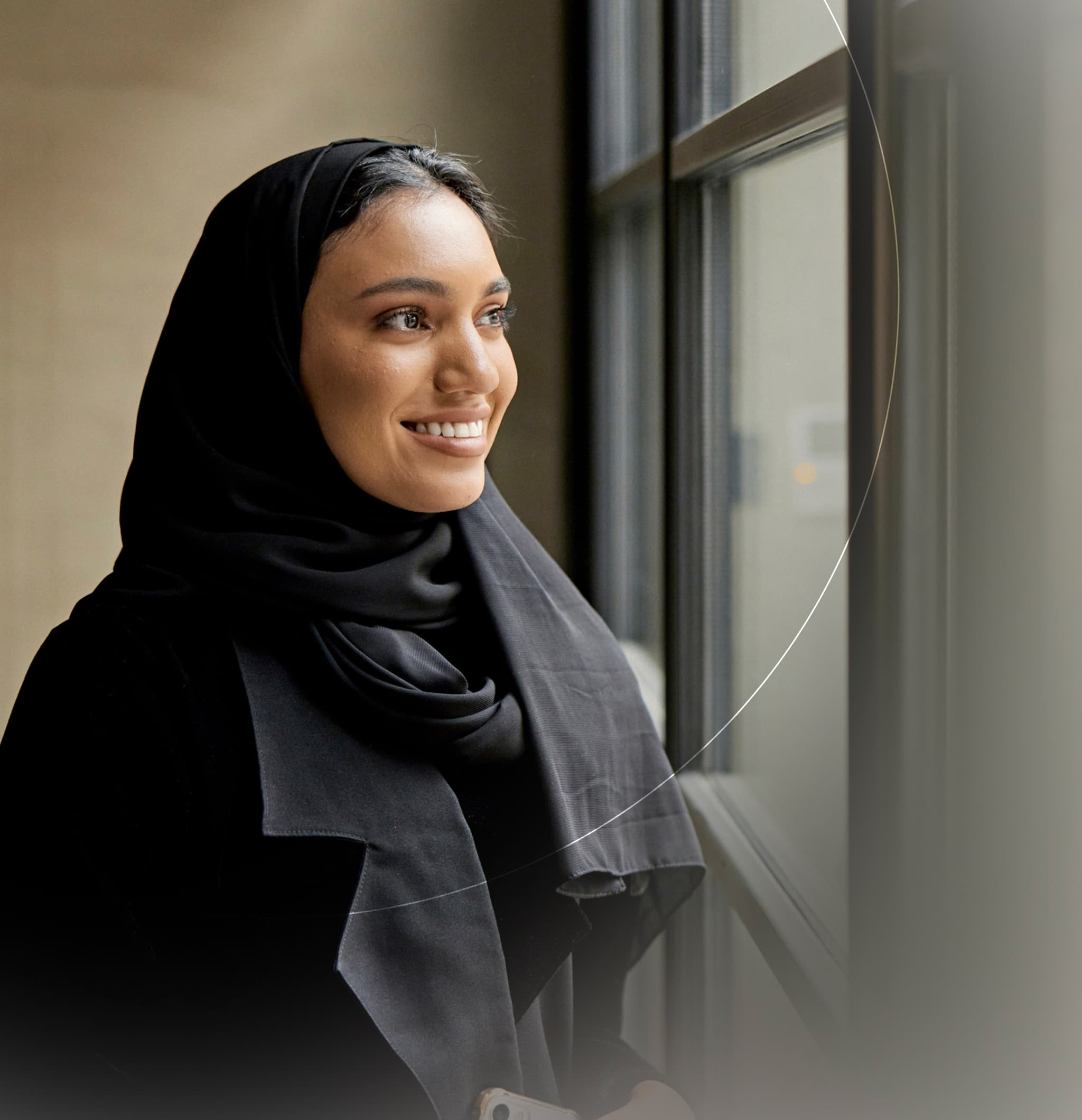From the start, we’ve worked at the centre of this region’s change, sitting side by side with its leaders and maintaining long-term relationships to help drive the remarkable transformation of this region.
We are the intelligence-led strategy and communications firm.
Rooted in the MENA region, with global reach, we cut through complexity with evidence-driven insight, helping clients make the moves that matter.

— Our Story
Consulum was founded in the Middle East more than a decade ago. Like the region itself, our story is one of ambition, growth, and transformation.

— Our Reputation
Our reputation has been built on a consistent focus of solving what truly matters. We do not just answer the brief; we provide clarity, direction and solutions that drive positive real-world outcomes.

— Delivering Real-world Impact
Today, Consulum has the people, reach, resources and innovation to elevate our work even further.
Our people come to Consulum from around the world, united by their passion for this region, their intellectual curiosity, and their shared commitment to driving real change. It’s this combination of global expertise, local understanding, and a resolute focus on outcomes that has enabled us to deliver impact where it counts most.
Today, Consulum has the reach, resources, and innovation to elevate our work even further. But what defines us remains the same: rigorous thinking, deep regional understanding, and an uncompromising focus on outcomes.
Our commitment is this: to cut through complexity with intelligence, evidence, and insight, equipping our clients with the clarity to make the moves that matter.



